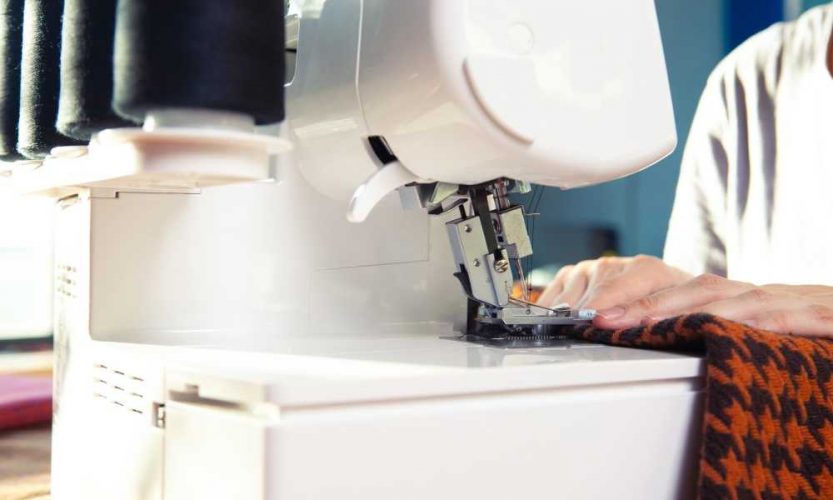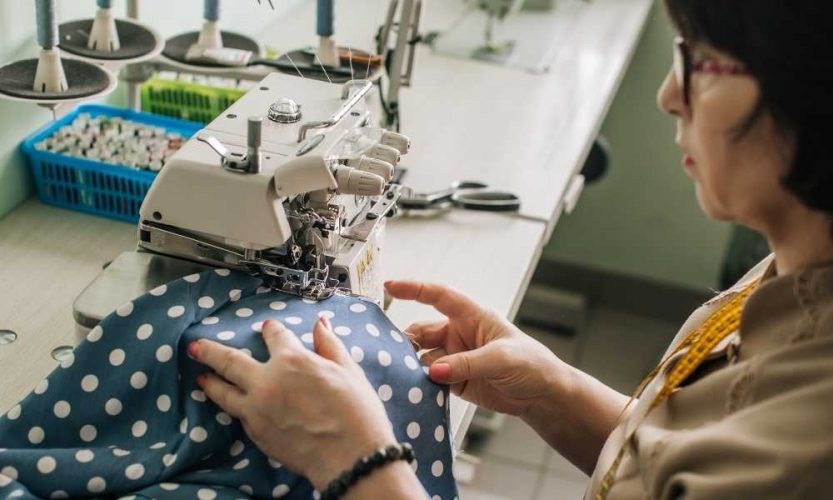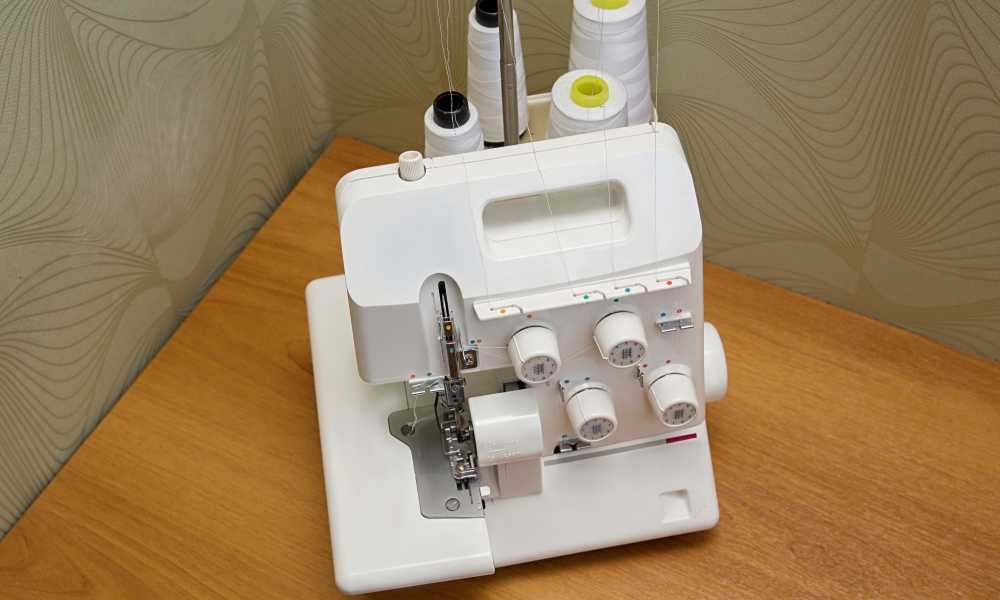What Does A Serger Sewing Machine Do?
Basically, a serger is a type of sewing machine that trims your project’s seams, while enclosing them inside of a thread casing at the same time. This provides your project with a professional, finished look. You will find that there are many variables on a serger, including the density and width of the stitch.
Just like anything else on the market, sergers are not all created equally. In fact, as with most things, the more you’re willing to spend on a serger, the more you will be able to do with it. In this article, we’ll take a look at the various capabilities of a serger sewing machine.
2/3/4 or 5-Thread Sergers
When it comes to sergers, one of the options is the thread. Depending on the number of threads you use on the serger, you can create a wide variety of different stitches, which leads to different results. Once again, the more you’re willing to spend on this amazing machine, the more you will be able to do with it.

2-4 thread sergers
This is a serger sewing machine that uses 2-4 threads is able to do a true safety stitch and a 2-thread overlock edge.
3-4 thread sergers
This is a serger sewing machine that uses 3-4 threads. You will find that the seam created by three or four threads is going to have a bit of stretch, but when you use four threads, you’ll end up with a seam that is wider and stronger.
In addition, by simply changing the throat plate, you can do a rolled hem, which is when the machine rolls the edge of the fabric to the underside, enclosing it with thread. Some seamstresses refer to the four-thread seam as a “mock safety” stitch, as it is a lot like a safety stitch, but is not as strong.
5-thread
As we’ve said, the more you’re willing to pay, the more options you will have with your serger sewing machine. A 5-thread serger is definitely on the more expensive end of the spectrum, and will provide you with a much wider variety of seam capabilities. The machine uses two threads on the straight seam line and three on the overlocked edge. This is the seam that you typically see on ready-made items.
When you are making your own projects, a serger sewing machine will prevent you from having to switch between sewing machines to get a strong, finished seam.
What is the Differential Feed?
Serger sewing machines have what is called a differential feed, which provides you with many more options. When working with knits, the feed can be adjusted, which provides you with the same results that you would get with an even feed foot on your standard sewing machine.
When you are working with woven fabrics, the feed can be sped up to create a ruffle. Finally, the feed can be adjusted to create a wavy (lettuce leaf) edge.

Can I Replace My Standard Sewing Machine With a Serger?
While it’s true that there are some projects that can be done entirely on a serger, you cannot replace your standard sewing machine with a serger. You’ll still need it to sew buttonholes, zippers, facings, and more. No matter how much you pay for it, a serger is simply not capable of basic sewing functions such as these.
Which One is Best?
As with most things in life, it’s all a matter of preference. Your expectations will be different from your friend and theirs will be different from someone else. The best thing to do is to take some time to research what is available and decide what features are most important for you.
A serger sewing machine is a completely different experience. If there is a dealer in your local area that offers classes, be sure to take advantage of them. This will allow you to learn the various capabilities of the machines. In addition, there are lots of books, videos, and other resources on the market for projects.
Do I Really Need a Serger?
The short answer is no – you don’t really need a serger to sew. However, it does make life so much easier when sewing projects and will provide the seams of your projects more strength. This may not seem all that important, unless you’re sewing children’s clothes. What it all comes down to is this – how much sewing do you do, and do you want your handmade items to look handmade or professional?

